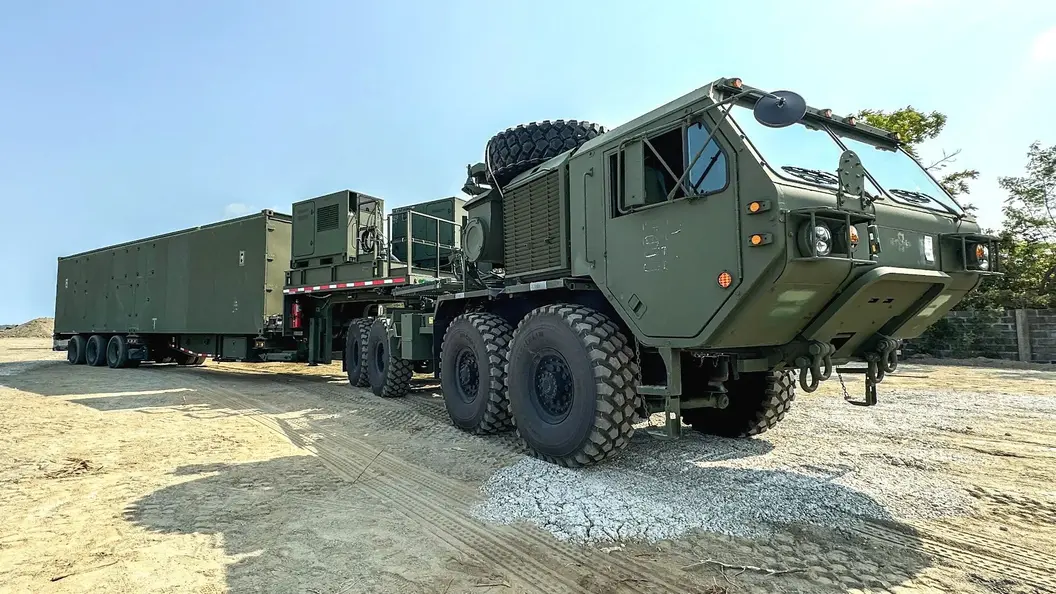Sanjay Mehrotra, President and CEO of semiconductor industry player Micron Technology, met with Prime Minister Narendra Modi to discuss the US-based company’s efforts to strengthen the semiconductor manufacturing ecosystem in India.
With a focus on attracting investments in India’s nascent semiconductor ecosystem, the three-day ‘SemiconIndia 2023’ conference kicked off here on Friday in the presence of Prime Minister Narendra Modi. The conference, its second edition, organized by India Semiconductor Mission in partnership with industry and industry associations, is aimed to make India a global hub for semiconductor design, manufacturing, and technology development. Semicon India was held in Bengaluru last year.
The theme of the Conference is ‘Catalysing India’s Semiconductor Ecosystem’.
“I thank PM Modi for the vision to make India a global hub for semiconductors…Micron is committed to building a semiconductor assembly and test facility in Gujarat. We estimate that our project in Gujarat will create nearly 5000 direct jobs and additional 15,000 jobs in the community. We are hopeful that this investment will help catalyze other investments in the sector…Digital India and Make in India are creating a truly transformative energy that will continue to drive positive progress…,” said Sanjay Mehrotra, CEO, of Micron Technology, speaking at the SemiconIndia event.
Micron Technology, during PM Modi’s US visit last month, announced its India investment plans. Micron Technology committed that it will invest up to USD 825 million to build a new semiconductor assembly and test facility in India with support from the Indian government.
Micron had said it selected Gujarat’s SANAND Industrial Park (Gujarat Industrial Development Corporation – GIDC) due to its manufacturing infrastructure, conducive business environment, and a firm talent pipeline.
Phased construction of the new assembly and test facility in Gujarat is expected to begin in 2023. Micron expects Phase 2 of the project, which would include the construction of a facility similar in scale to Phase 1, to start towards the second half of the decade.


















